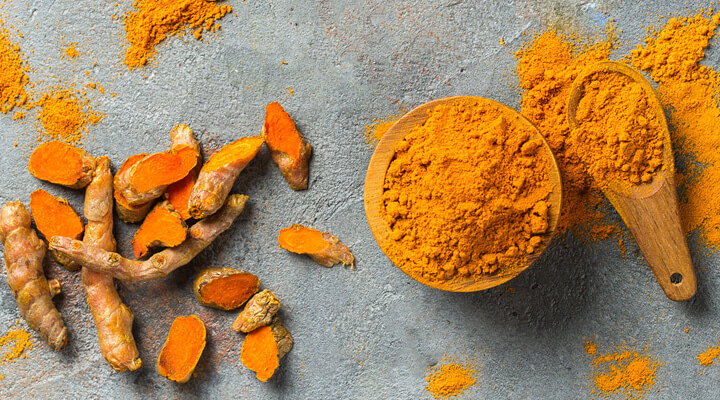Turmeric And Curcuma

Are you confused about Curcuma and turmeric?
Turmeric is a culinary spice, also it has been used traditionally in India as a disinfectant and treatment for diabetes, laryngitis, and bronchitis. Turmeric is derived from the plant Curcuma longa, a member of the ginger family.
Curcuma, which has powerful antioxidant and anti-inflammatory properties, is the most active constituent of turmeric, making up between two to 6% of this spice.
Population studies have shown that India – where people consume turmeric regularly – has low rates of Alzheimer’s disease.
Studies of turmeric and curcuma have shown the following benefits:
- – Turmeric extract can help alleviate pain and improve function in people with osteoarthritis of the knee. Curcuma may help reduce joint pain and swelling in people with rheumatoid arthritis.
- – Curcuma acts as a weak phytoestrogen and seems to have cancer-protective effects.
- – Curcuma may help prevent or treat several types of cancers, including prostate, breast, skin, and colon cancer.
- – People in remission from ulcerative colitis who take curcuma are significantly less likely to have the disease relapse than those who don’t supplement.
I recommend turmeric supplements; turmeric is more effective than isolated curcuma for inflammatory disorders, including tendonitis, arthritis and autoimmune conditions.
Take 500 milligrams of turmeric extracts (available in tablets or capsules) 3 times per day.
Look for products standardized for 95 percent curcuminoids.
Be patient when taking turmeric supplements: the full benefits may not be apparent for 8 weeks.
Don’t use turmeric if you have gallstones or bile duct dysfunction. Pregnant women shouldn’t use it.
In rare cases, extended use can cause stomach upset or heartburn.